‘Bahria case payments could have helped plug Sindh budget deficit’
CM gives post-budget briefing
Sindh Chief Minister Murad Ali Shah managed to properly explain the budget for next year on Wednesday in a much-needed briefing. He had presented the budget in the Sindh Assembly a day earlier but it had been impossible to hear him because the Opposition had discovered a new way to create a ruckus by using loud whistles they blew on for the entire session.
The people of Sindh were interested in their budget, said the CM, explain why the post-budget briefing held even more importance. He took a jibe at people who had been more interested in filming the commotion the previous day.
So he went over the figures: It is a deficit budget by about Rs25 billion. The budget is Rs1,477,903,000,000 and the expected income will be Rs1,452,168,000,000.
Given that Sindh had a deficit, it would have to cut non-development spending or go to the State Bank of Pakistan for an overdraft to make up for the shortage. It was an injustice that the Supreme Court had stopped the payments Sindh was to receive in the Bahria Town case, he said. That money will definitely help. (The Bahria Town amount is Rs460 billion).
The money that we will receive from the federal government is Rs869.68 billion. In the last budget year, Sindh was promised Rs760 billion but only received Rs613 billion. It means the Centre still has to give Sindh Rs147 billion, and I hope they will keep their promise and give us the money in this June, he said.
The provincial taxes for next year is Rs329 billion. “We believe our biggest revenue source will be Sindh Revenue Board and we are expecting Rs125 billion from it.”
The target for Excise and Taxation this year is Rs88 billion and it will achieve its target, he said.
“We expect the home department will earn Rs24 billion through non-taxable receipts and that includes licenses and challans.”
Sindh is allowed bank borrowing and has kept it at Rs45 billion if the government needs it.
Sindh’s biggest expense of Rs1.089 trillion will go to salaries and pensions. “Our salaries are almost 60% of non-development budget,” said the CM.
“We will give Rs6.5 billion to the public sector universities as grants. We have allocated Rs2 billion for the registration and annual examination fee for students from class 9 to 12,” he said.
Sindh has allocated about Rs14 billion for NICVD and SICVD. And Rs4 billion has been set aside for Pir Abdul Qadir Shah Jilani Institute of Medical Sciences in Gambat.
For SIUT, it has allocated Rs7.1 billion. Sindh’s government will give Rs4.5 billion to the Indus hospital.
Local governments will get Rs82 billion. And Rs2 billion will go to Shaheed Benazir Bhutto Trauma Center.
“People say that non-development expenditure is only spent on salaries,” said the CM. “That’s not the case because it is also spent on operation and maintenance of old projects.”
The province’s non-development expenditure has increased by about 12.5 percent.
Sindh has a development portfolio of Rs329 billion that includes Rs252.5 billion from the province’s own funds. It is almost 41 percent larger than last year’s development budget.
“We have announced that we are increasing the salaries of government employees by 20 percent,” he said. “We increase their salaries every year.”
The minimum wage in Sindh will be Rs25,000. “Even Rs25,000 is not enough,” the CM said.
Other salient points:
Sindh will launch a poverty alleviation program for small businesses and give them loans from Rs200,000 to Rs500,000. It has allocated Rs2 billion for it. Small farmers can take Rs200,000 in loans from a program in which Rs3 billion has been set aside.
Sindh has allocated Rs500 million for old age homes and Rs10 billion for people affected by coronavirus.
The ducation budget increased to Rs26billion from Rs21 billion
Auqaf’s budget has gone up by 400 percent.
Forest and Wildlife raised to Rs1500 million from Rs690 million.
Rs7.5 billion for the Safe City Project. Law department budget goes up 90 percent.
Local government budget increased 110 percent from Rs12 billion to Rs22.5 billion.
The government will complete 590 schemes in the current year and double them for next year. Every district will get a new scheme.
The Sindh Infectious Disease and Research Center was an abandoned building. The Sindh government took it over and opened a new hospital for COVID. It treated 3,049 patients. At least 394 people died there during treatment. The recovery rate in Sindh is more than 80% than the whole country.
The CM spoke of how he took the media’s criticism positively but he felt that misleading people was not right when that happened. For example, one newspaper headline said that Rs8 billion was allocated for 19 infrastructure projects. It says only Rs8 billion and look at the size of the city. Two years ago, the amount was Rs10 billion and last year was low because of COVID, he said. We didn’t start any new scheme last year but despite that we completed two projects in Karachi, he added. “I have given all the details about Karachi in my budget speech.”
The CM spoke of the widening of Shahrah-e-Faisal in Karachi that was completed in the past three or four years. It was expanded to a four-lane from three. “The Munawwar Soharwardi underpass over Shahrah-e-Faisal, a flyover at Malir 15, a flyover at Manzil Pump… did you see those projects on Shahrah-e-Faisal or not?” he said, while pressing forward the argument of new projects.
“We made Hub river road, Madinatul Hikmat Road, Sadequain underpass, Begum Nusrat Bhutto underpass, roads around Cantt station, a flyover at Sunset Boulevard in the cantonment area, the Punjab Chowrangi underpass, two bridges at Kotri and Jamshoro over railway junctions… you must have seen them.”


